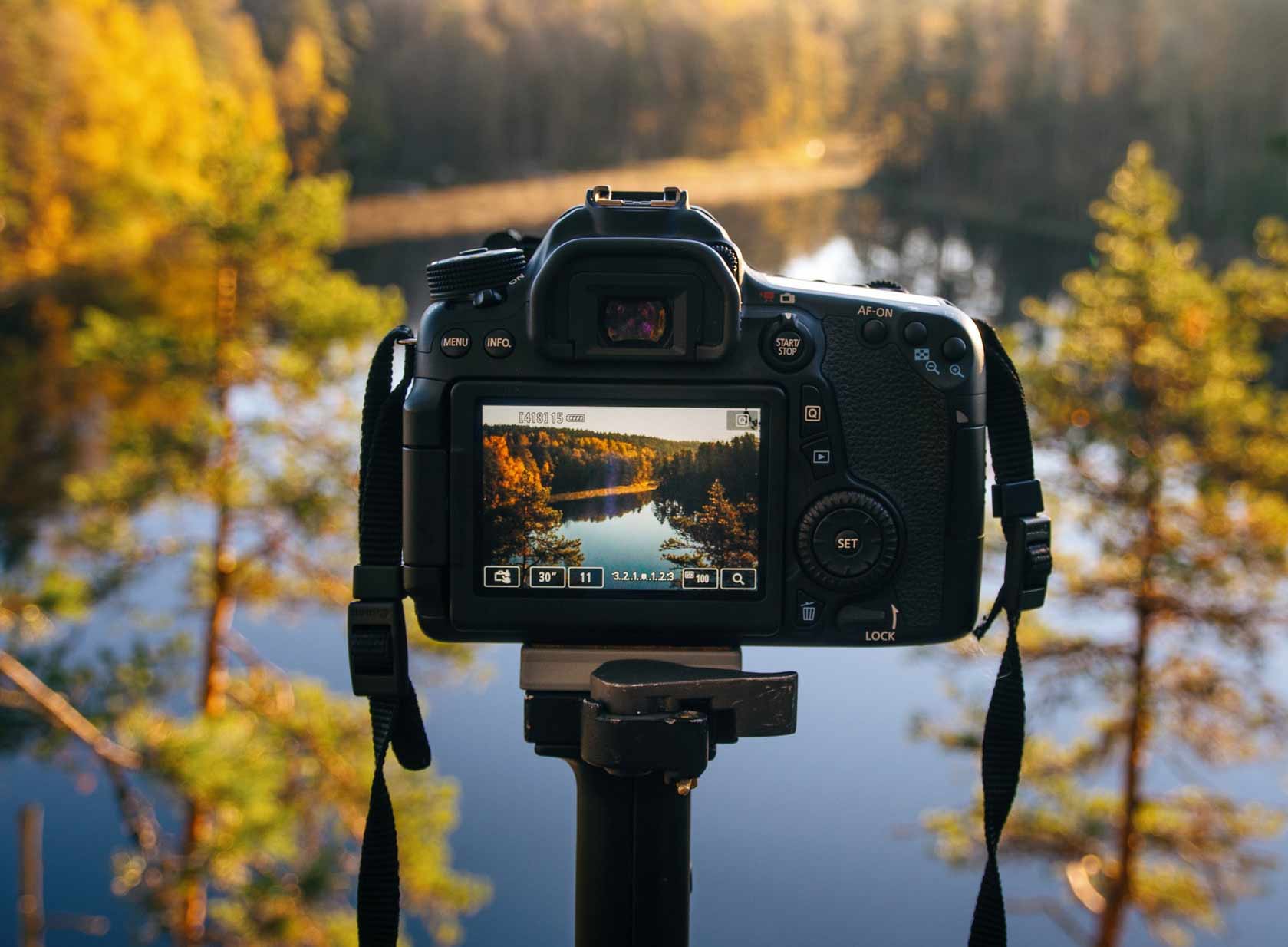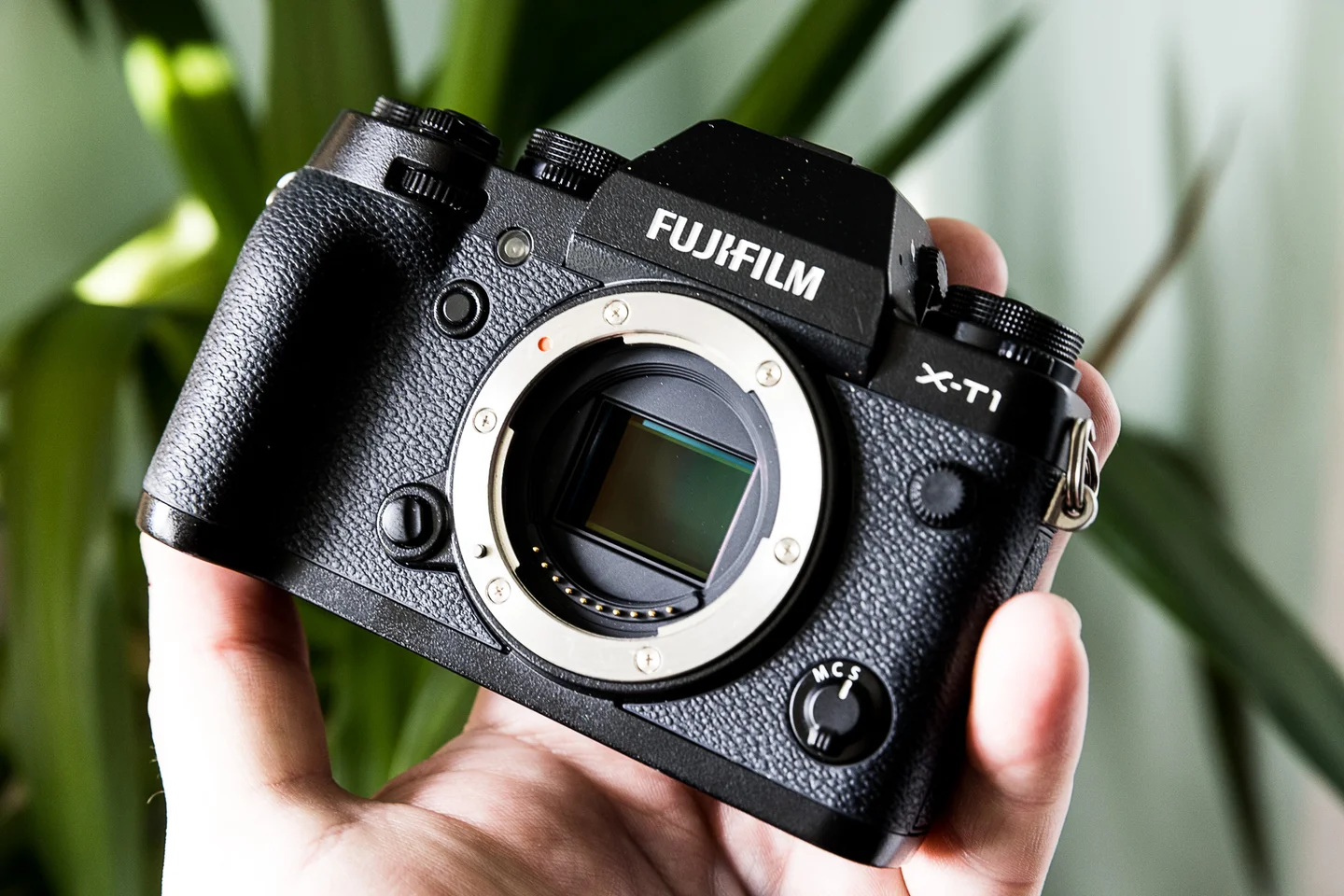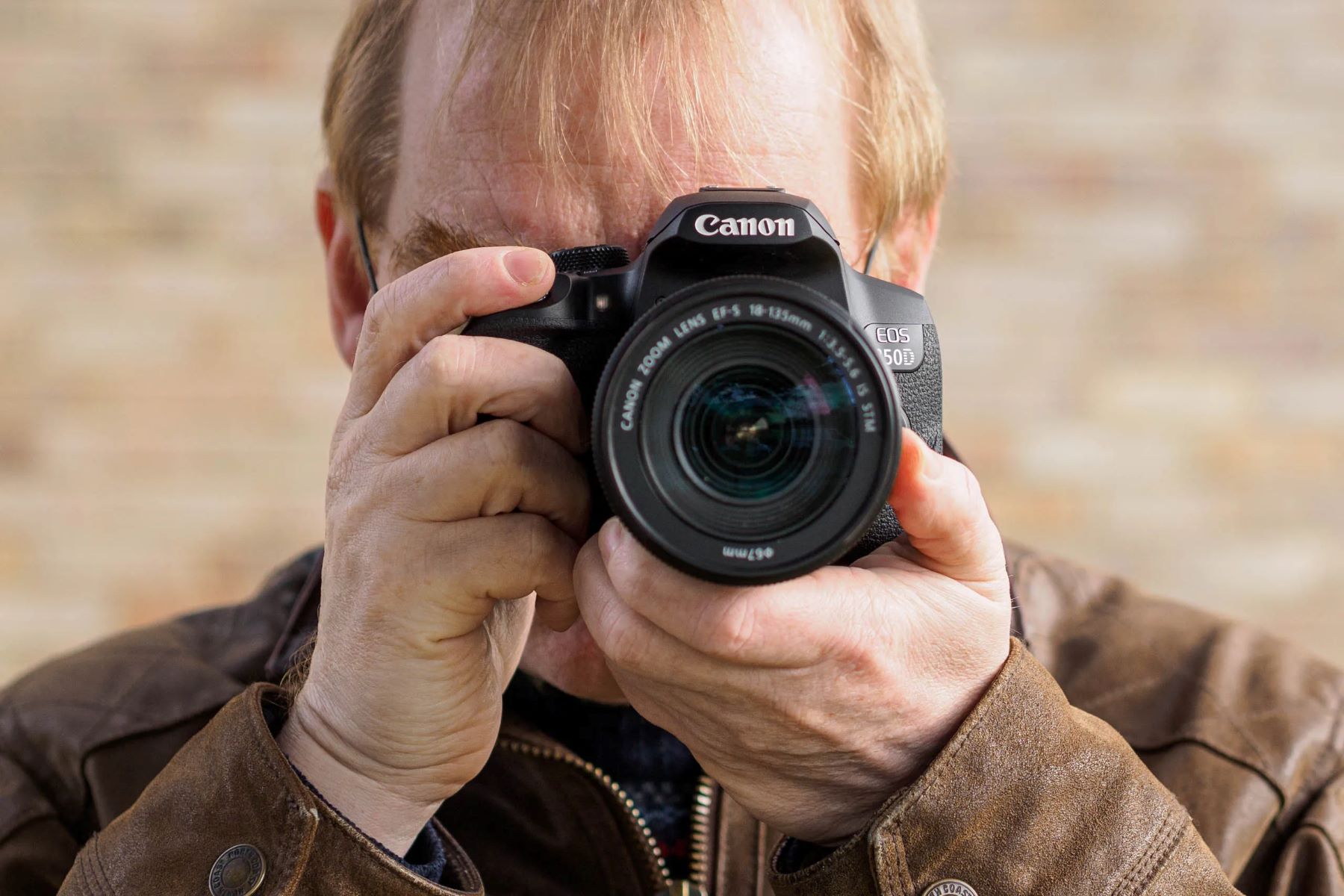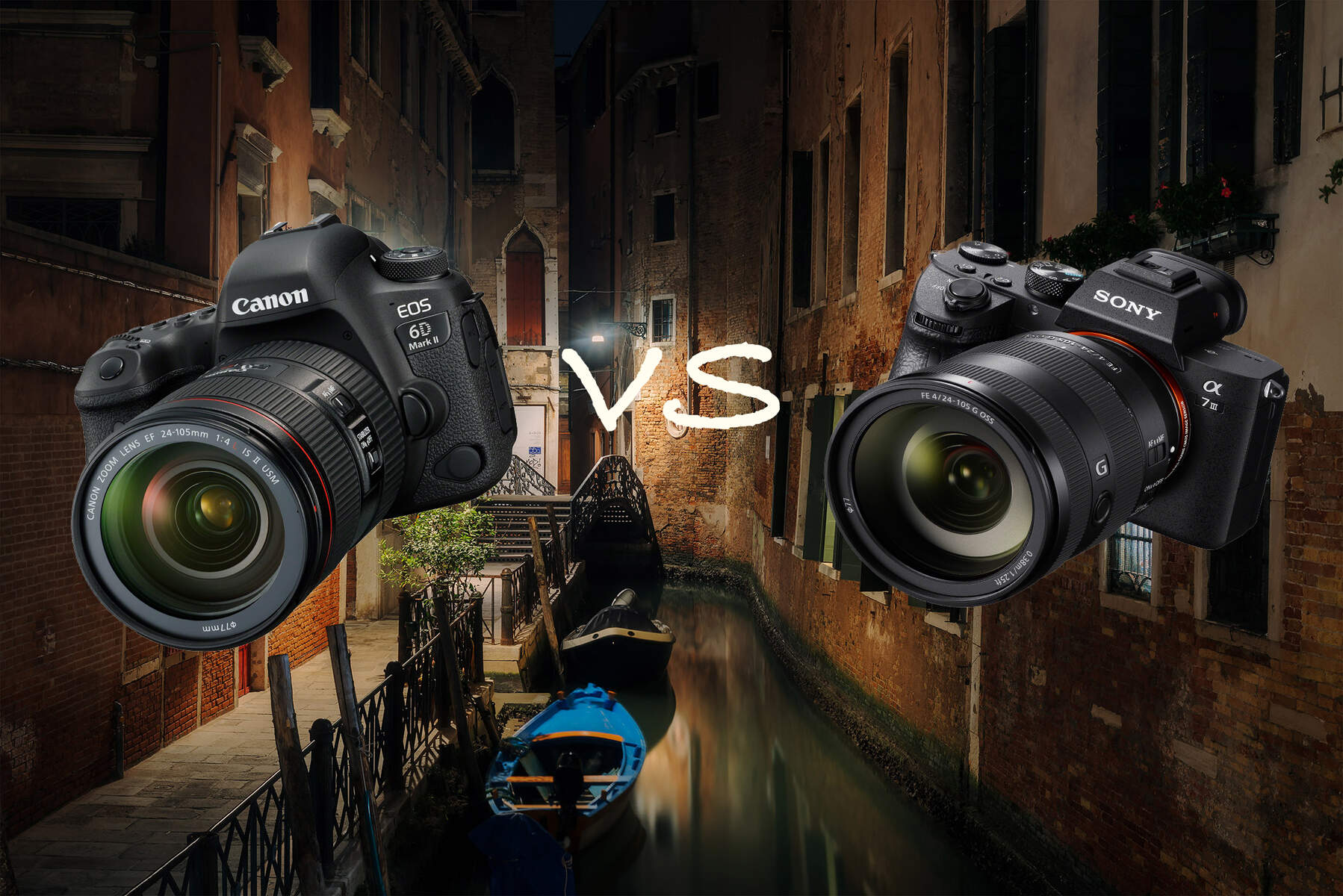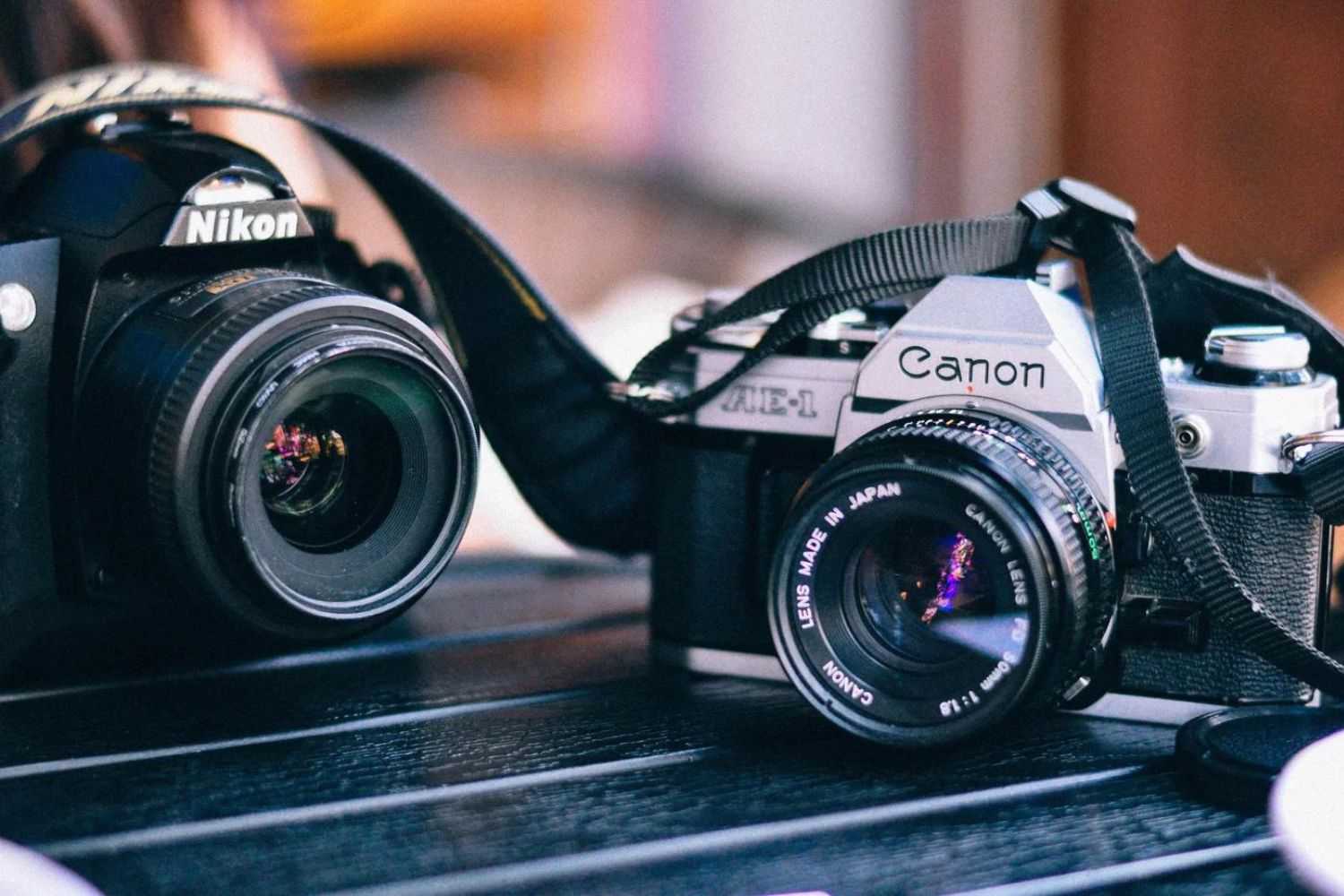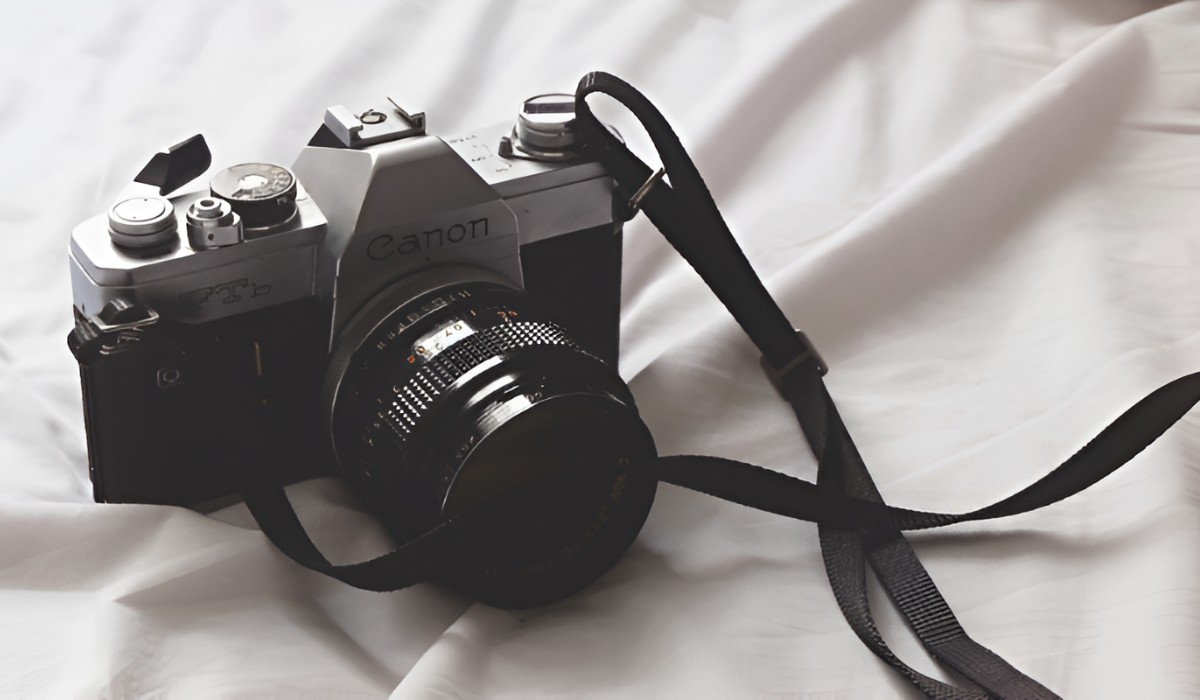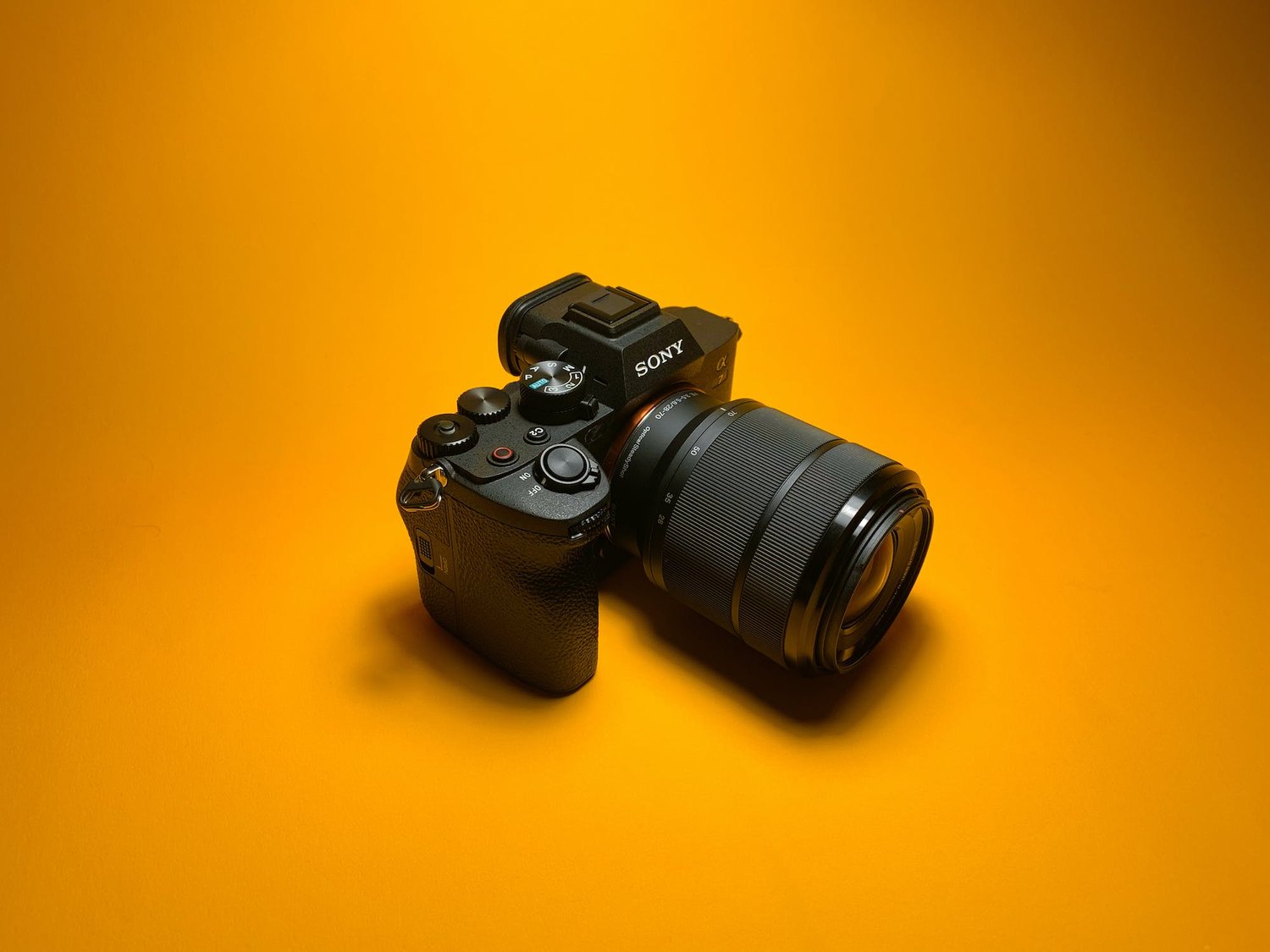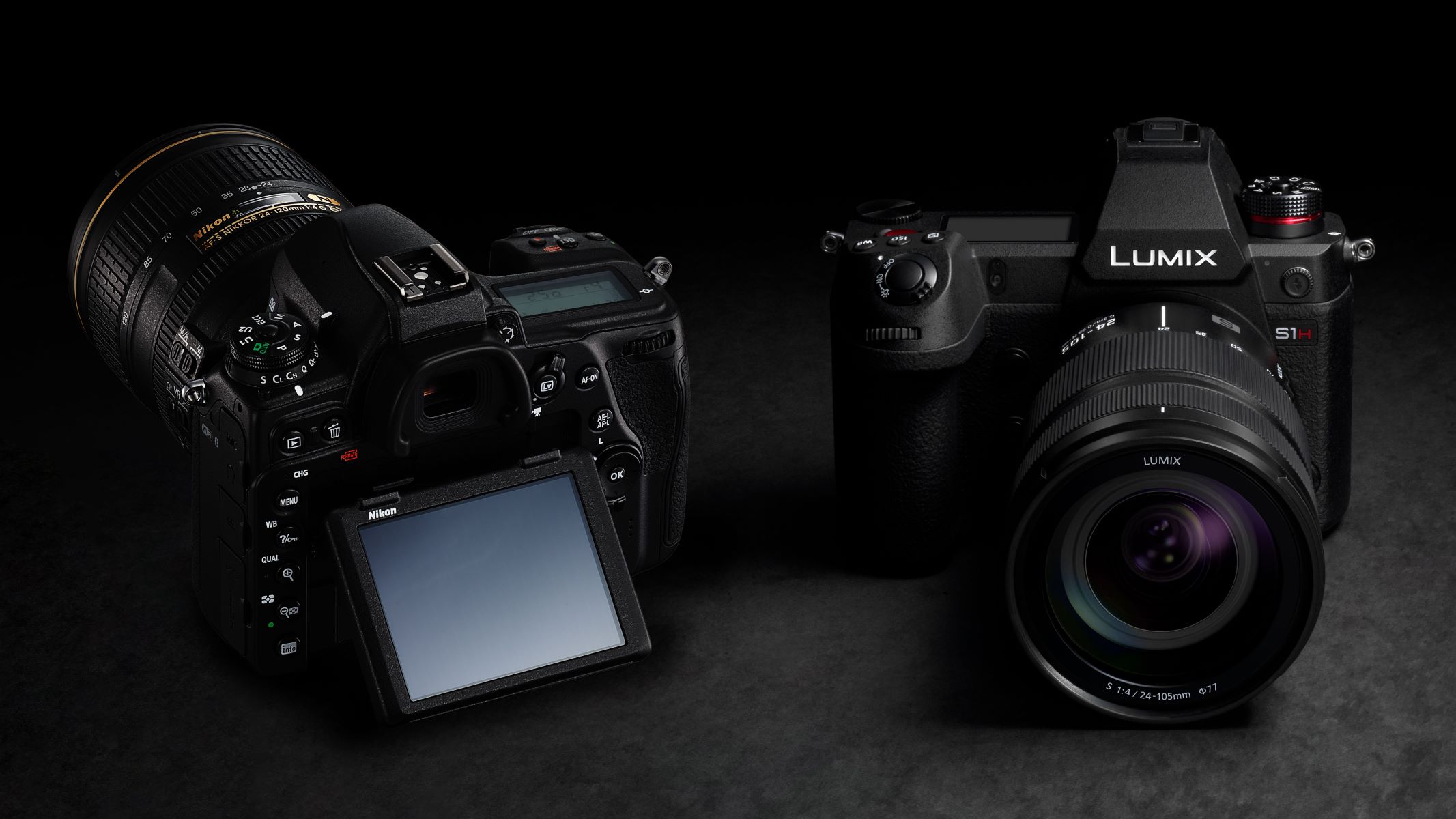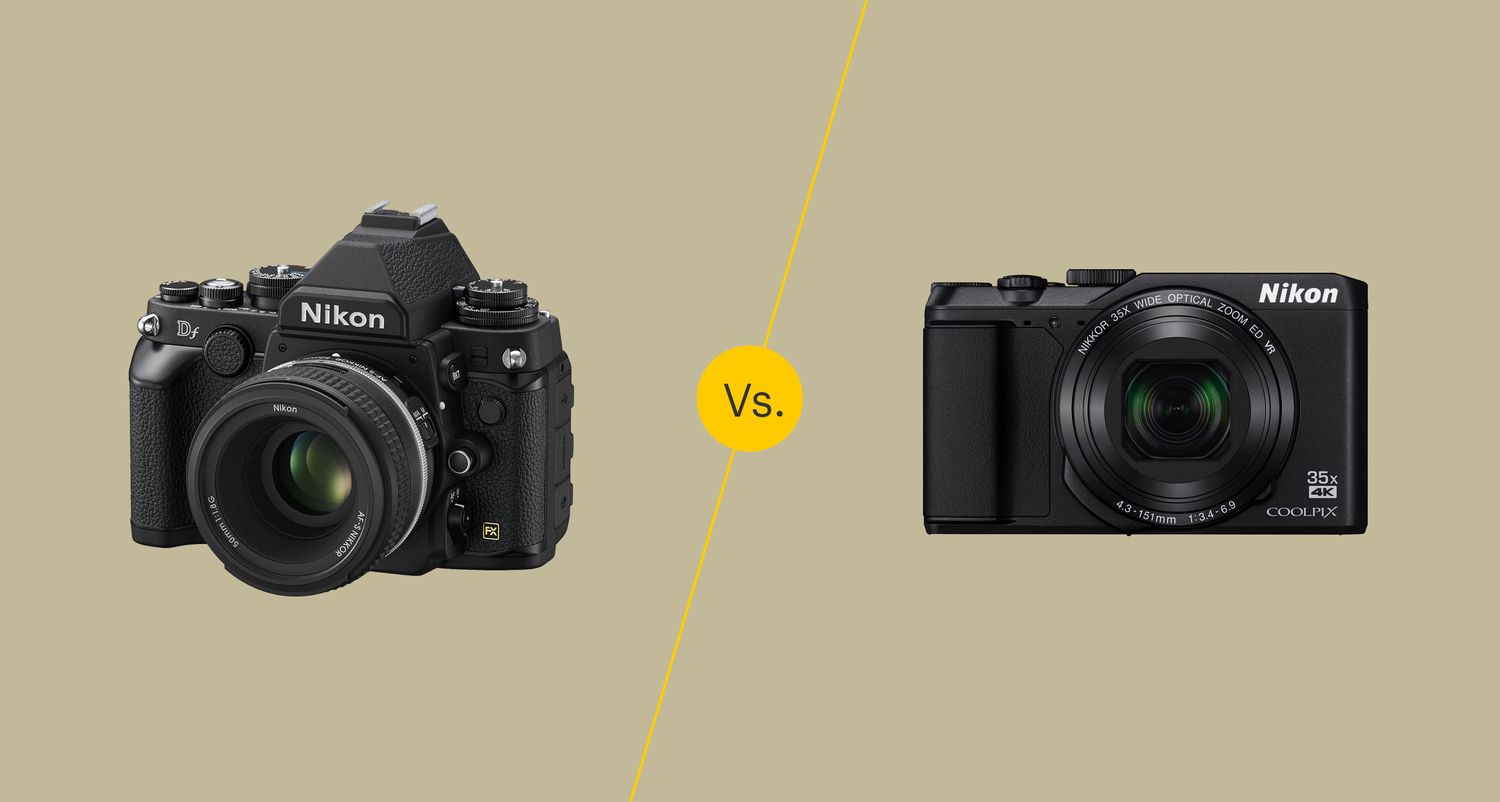Understanding the Viewfinder in a DSLR Camera
When photographers use a DSLR camera, they rely on the viewfinder to compose their shots. The viewfinder, located at the top of the camera body, allows photographers to peer through and visualize the scene they are about to capture. Understanding the viewfinder and its functionality is crucial for photographers who seek to master the art of photography.
DSLR viewfinders utilize a system of mirrors and prisms to provide a direct optical path to the scene. This optical viewfinder presents an accurate representation of the subject, allowing photographers to precisely frame their shots. Unlike electronic viewfinders (EVFs) found in mirrorless cameras, DSLR viewfinders do not display a digital preview of the image. Instead, they offer a real-time, optical view of the scene, providing a clear and unadulterated perspective.
Furthermore, the viewfinder in a DSLR camera offers a bright and clear view of the subject, enabling photographers to assess the composition, focus, and exposure without the interference of ambient light. This unobstructed view is particularly advantageous in bright outdoor settings, where an electronic screen may be rendered difficult to see due to glare.
Understanding the viewfinder’s field of view is essential for photographers to accurately frame their shots. The viewfinder displays the actual coverage area of the lens, allowing photographers to anticipate the boundaries of their composition. This aids in the precise alignment of elements within the frame, ensuring that the intended subject is captured effectively.
Moreover, the viewfinder presents crucial shooting information such as aperture, shutter speed, ISO settings, and exposure levels, allowing photographers to make informed decisions in real time. This instantaneous access to technical data empowers photographers to adjust settings on the fly, optimizing the exposure and achieving the desired creative effect.
Advantages of Using the Viewfinder
Utilizing the viewfinder in a DSLR camera offers several distinct advantages for photographers, enhancing their ability to capture compelling and technically sound images.
- Precise Composition: When peering through the viewfinder, photographers can accurately compose their shots by aligning elements within the frame. This precision is especially valuable when capturing subjects with specific spatial relationships or when adhering to the rule of thirds.
- Stable Shooting Position: Holding the camera to the eye while using the viewfinder provides a stable and ergonomic shooting position, reducing the likelihood of camera shake and resulting in sharper images, particularly in low-light conditions or when using longer focal lengths.
- Enhanced Visibility: The optical viewfinder offers a clear and unobstructed view of the subject, unaffected by ambient light or glare. This heightened visibility allows photographers to assess the scene accurately and make informed decisions regarding exposure and focus.
- Real-Time Assessment: Viewing the scene through the viewfinder provides a real-time assessment of the composition, exposure, and focus, enabling photographers to make immediate adjustments and ensure that the desired creative vision is translated effectively.
- Battery Conservation: Using the viewfinder consumes less power than relying on the camera’s rear display or electronic viewfinder, thereby extending the camera’s battery life, which is particularly advantageous during extended shooting sessions or in remote locations with limited access to power sources.
These advantages underscore the significance of the viewfinder as an indispensable tool for photographers, facilitating precise composition, stable shooting, enhanced visibility, real-time assessment, and efficient power utilization.
Tips for Using the Viewfinder Effectively
Mastering the use of the viewfinder in a DSLR camera is essential for photographers aiming to elevate their craft. By implementing the following tips, photographers can harness the full potential of the viewfinder and optimize their shooting experience.
- Eye Relief Adjustment: Ensure that the viewfinder’s eye relief is adjusted to accommodate your eyesight, allowing for a comfortable and unobstructed view of the entire frame without straining your eyes.
- Utilize the Diopter Adjustment: Take advantage of the diopter adjustment feature, typically located near the viewfinder, to fine-tune the focus of the viewfinder’s optics according to your eyesight, ensuring a sharp and accurate representation of the scene.
- Focus and Recompose Technique: When using the viewfinder to focus on a specific subject, consider employing the focus and recompose technique by locking focus on the subject and then recomposing the frame while maintaining the same focus point, allowing for more flexibility in composition.
- Check the Edges of the Frame: Pay attention to the edges of the frame while looking through the viewfinder to avoid unintentionally including distracting elements or cutting off vital components of the scene, ensuring a well-composed image.
- Understanding Parallax: Be mindful of parallax, especially in close-up photography, as the viewfinder may not display the exact framing of the image captured by the lens, requiring adjustments to compensate for this discrepancy.
- Utilize the Viewfinder Display Information: Familiarize yourself with the shooting information displayed within the viewfinder, including exposure settings and focus indicators, to make informed decisions and adjustments while shooting, ensuring optimal image quality.
- Stabilize Your Shooting Position: Maintain a stable shooting stance by bracing the camera against your face and body while using the viewfinder, minimizing camera shake and enhancing the sharpness of your images, particularly in low-light conditions.
- Practice Consistently: Regularly practice using the viewfinder to develop a seamless and intuitive shooting process, allowing you to react swiftly to changing scenes and capture decisive moments with precision.
By incorporating these tips into their photographic practice, photographers can harness the viewfinder’s capabilities effectively, resulting in improved composition, focus accuracy, and overall image quality.







